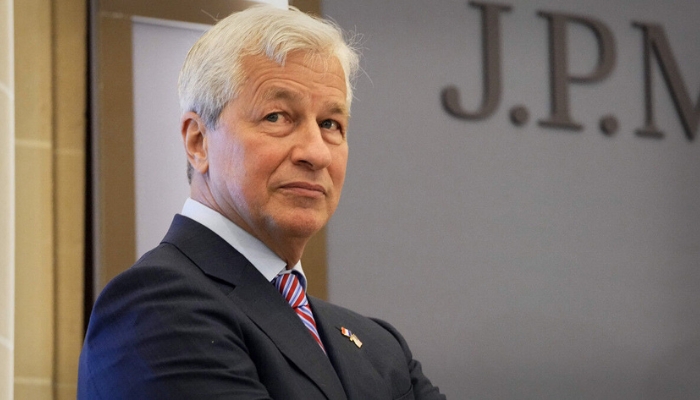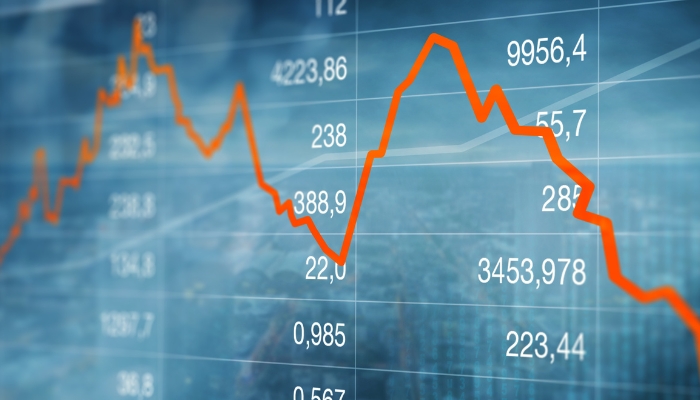2023: A Financial Market Retrospective
Anúncios
As we bid farewell to 2023, it’s worth taking a moment to reflect on the twists and turns that defined the financial landscape over the past 12 months. From the lingering specter of a potential recession to unexpected market surges, the year proved to be both challenging and, at times, surprisingly resilient.

[su_button url=”https://www.growcredit.com/” style=”flat” background=”#ff9900″ size=”15″ icon=”icon: credit-card-alt”]DISCOVER THE GROW CREDIT MASTERCARD[/su_button]
Economic Landscape at the Start
As the year began, there were lingering concerns about the United States entering a recession. In the first week of trading, questions loomed about the nation’s economic trajectory. However, contrary to early apprehensions, the U.S. economy showcased remarkable resilience.
The Federal Reserve’s commitment to staying the course in its monetary policy was a notable factor. Despite earlier warnings of persistent rate hikes, the central bank shifted gears, hinting at a possible pivot toward rate cuts. This change in stance, coupled with strong economic data and a robust labor market, set the stage for a more optimistic outlook.
Inflation Eases and Markets Respond
Inflation, a significant concern at the beginning of the year, witnessed a substantial easing throughout 2023. The Federal Reserve’s decision to keep interest rates stable over multiple meetings contributed to this positive development. By November, inflation had more than halved from its earlier levels, resting at 3.1%.
The markets responded favorably to these shifts. The S&P 500, representing U.S. equities, demonstrated an impressive climb of 23% over the course of the year. This starkly contrasted with the situation in 2022 when the same index had experienced an 18% loss.
A Year of Market Events
The year was marked by a series of events that sent shockwaves through the financial landscape. From the U.S. hitting its debt ceiling in January to the collapse of prominent banks like Silicon Valley Bank and Signature Bank in March, each event contributed to market volatility.
Some moments, such as Nvidia’s stellar earnings report in May, triggered market enthusiasm and a renewed focus on artificial intelligence. On the other hand, Fitch Ratings’ downgrade of the U.S. debt rating in August led to a sell-off, with the Nasdaq experiencing its worst day in five months.

The Federal Reserve’s decision to pause its rate-hiking campaign in June and the subsequent indication of expected rate cuts in December added another layer of complexity to market dynamics. Despite these fluctuations, the Dow reached record highs in December, ending the year on a positive note.
Looking Ahead
As we close the chapter on 2023, the lingering question is what lies ahead for the U.S. economy and financial markets. The Federal Reserve’s indication of upcoming rate cuts and the Dow’s record-setting performance suggest a degree of optimism.
While challenges and uncertainties remain, the resilience displayed by the U.S. economy in the face of adversity offers a glimmer of hope. As investors, analysts, and policymakers contemplate the lessons of 2023, the focus shifts to a new year filled with opportunities and challenges yet to unfold.
See also: Holiday Shopping: Super Saturday Showdown
[su_button url=”https://www.growcredit.com/” style=”flat” background=”#ff9900″ size=”15″ icon=”icon: credit-card-alt”]DISCOVER THE GROW CREDIT MASTERCARD[/su_button]






